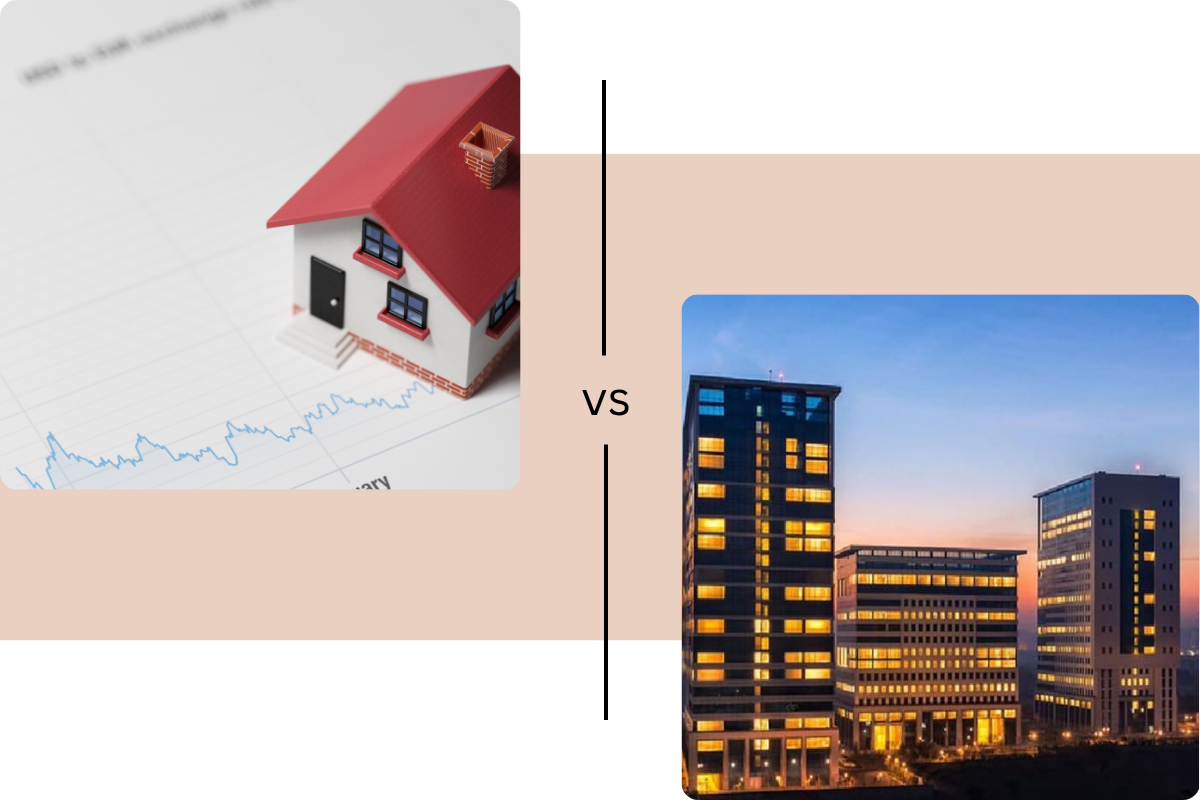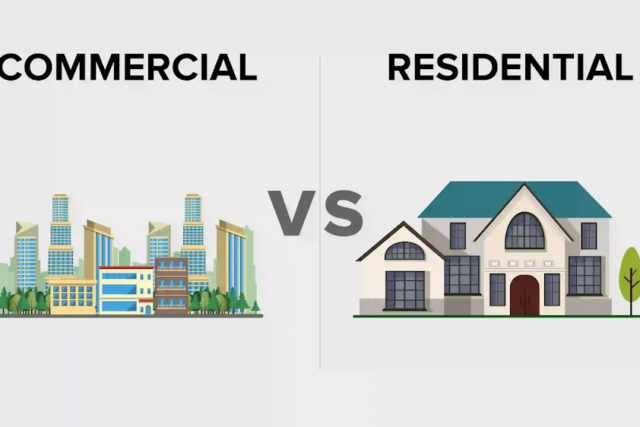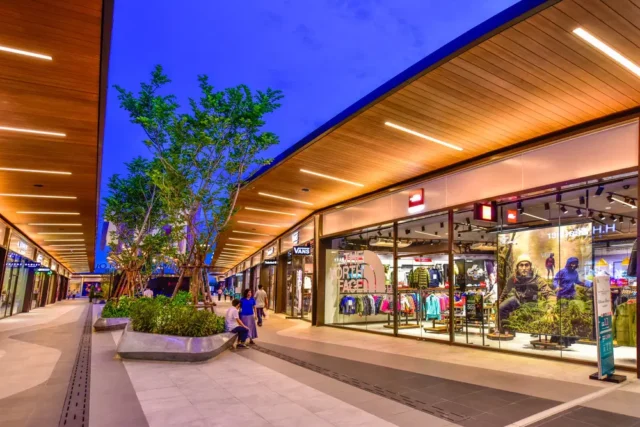
Infrastructure development plays a vital role in shaping the urban landscape, directly influencing both Residential and Commercial Values. From highways to metro lines, airports to industrial corridors—each project adds layers of connectivity, accessibility, and opportunity. As cities expand and economies grow, well-planned infrastructure becomes a powerful catalyst for appreciating Real Estate Value across segments.
The Relationship Between Infrastructure and Property Value
Whether you own a home, run a business, or invest in property, the impact of infrastructure on Residential and Commercial Values is impossible to overlook. Roads, bridges, public transport, and utility services directly contribute to how desirable a location becomes. A well-connected locality sees rising demand, resulting in higher prices and rents across both residential and commercial spaces.
This appreciation isn’t just speculation—it’s a data-backed reality observed across major cities worldwide. Improved infrastructure increases footfall in commercial zones and enhances livability in residential areas, leading to robust Real Estate Value growth.
Residential Growth Through Connectivity
For residential properties, connectivity is key. Homebuyers prioritize access to schools, hospitals, and workplaces. Infrastructure projects like new metro stations or flyovers significantly reduce commute times, making a location more appealing. The result? Increased buyer interest and a surge in Residential and Commercial Values.
Additionally, improved roads and public utilities upgrade the quality of life in a neighborhood. This doesn’t only attract end-users but also real estate developers, leading to more housing projects and further enhancement of Real Estate Value.
Commercial Zones and Economic Opportunities
On the commercial front, infrastructure attracts investment. Business owners look for spaces that are accessible, visible, and well-supported by transport and communication networks. When such infrastructure is in place or under development, the difference between residential and commercial property values begins to show starkly. While residential demand may rise gradually, commercial property often experiences a sharper spike in value due to business potential.
A new expressway or railway hub can transform an underutilized industrial zone into a buzzing commercial hub. Retail, office spaces, warehouses, and co-working spaces flourish, thereby pushing up Residential and Commercial Values in the vicinity.
The Domino Effect on Real Estate Value
One of the most compelling aspects of infrastructure development is the chain reaction it triggers:
- Public infrastructure → Higher accessibility
- Higher accessibility → Increased demand
- Increased demand → Rise in Real Estate Value
This applies uniformly across both types of properties. However, understanding the difference between residential and commercial property helps investors and developers make informed choices. Residential spaces gain value through emotional and lifestyle drivers, while commercial properties are driven by footfall, functionality, and profitability.
Case Study: How Infrastructure Transformed a Locality
Let’s consider the example of Gurgaon in India. Over the past two decades, its transformation from a rural area to a commercial powerhouse has been fueled largely by infrastructure projects. The introduction of metro connectivity, express highways, and improved civic facilities have dramatically boosted both Residential and Commercial Values.
Today, developers vie for land around new expressways and metro extensions, knowing full well that Real Estate Value in these corridors is bound to multiply.
Final Thoughts: A Win-Win for All
Infrastructure is more than just concrete and steel—it’s the backbone of real estate growth. Whether you’re an investor, a developer, or a buyer, recognizing the value of upcoming infrastructure can guide smarter decisions. From boosting the appeal of a residential colony to transforming a commercial zone into a business hotspot, infrastructure drives growth and increases Residential and Commercial Values across the board.
Understanding the difference between residential and commercial property is essential, but both segments thrive on one key factor—infrastructure. Keep an eye on future developments, because where infrastructure flows, Real Estate Value grows.
Read more: Coworking Space vs Working from Home: Which One Works Best for You?




Leave a Reply